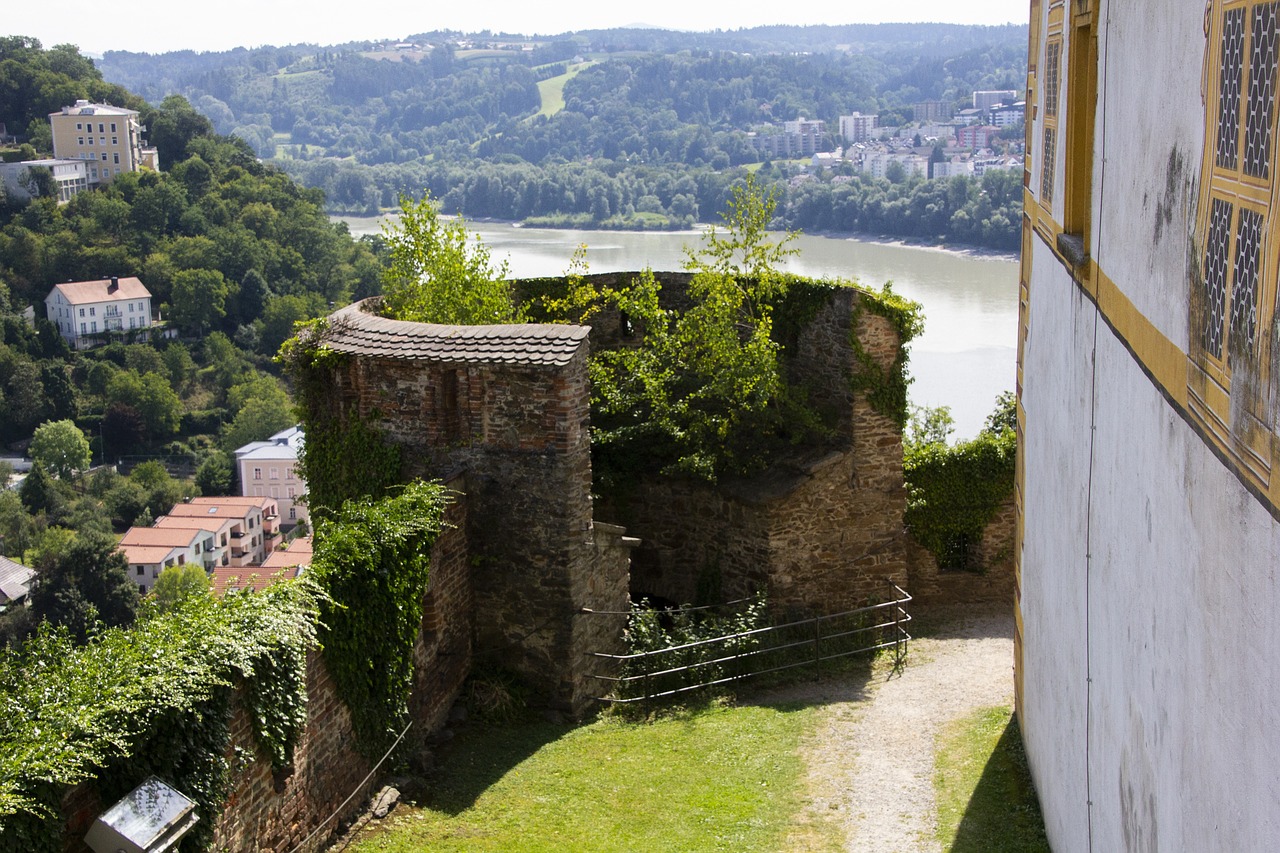Vesta, a prominent figure in Roman religion, epitomizes the goddess of the hearth and is linked to the Greek deity Hestia. In the formative years of the Roman civilization, the crucial need for a consistent source of fire created a significant reverence for the eternal hearth, which was maintained both in public and private domains. Vesta’s role was deeply ingrained in domestic worship alongside other household deities, the Penates and Lares, and her representation could often be found in home shrines.
On a governmental scale, worship of Vesta was notably more intricate. Traditionally, her sacred space took the form of a circular structure, reflecting the design of early Italian circular dwellings and signifying the communal hearth. The venerable Temple of Vesta, located within the Roman Forum, has a rich history and experienced numerous renovations across republican and imperial eras. Here, the flame of the public hearth was perpetually tended to by the Vestal Virgins. Each year on March 1 — once celebrated as the Roman New Year — this flame was ceremoniously extinguished and rekindled; any unintentional extinguishment at other times was interpreted as an ominous sign for Rome’s fate.
Access to the temple’s inner sanctum was restricted, although an exception occurred annually during the Vestalia festival from June 7 to 15, when matrons were permitted entry, required to visit without footwear. This period was shadowed by misfortune; the final day involved the ritual cleansing of the temple, and the unfavorable period continued until the sweepings were ceremoniously placed in a designated area along the Clivus Capitolinus or cast into the Tiber River.
Adjacent to the temple, and framed by the Velia, was the splendid Atrium Vestae. Originally, this term referred to the entire sacred precinct encompassing the Temple of Vesta, a sacred grove, the Regia (the dwelling place of the chief priest), and the residence of the Vestals, although it commonly referred to the home of the Vestal Virgins themselves. Vesta is often depicted as a fully clothed woman, at times seen with her favored animal, the donkey. As the goddess representing the hearth fire, she was also the patron of bakers, a link that was emphasized by her association with the donkey, an animal essential for milling grains and her connection to Fornax, the spirit governing the baker’s oven. Furthermore, she shares a bond with ancient fire deities such as Cacus and Caca.





